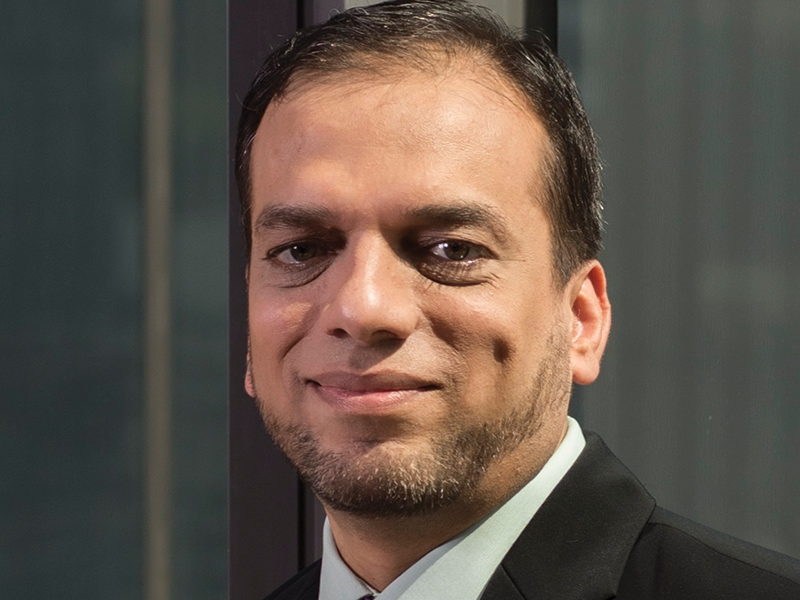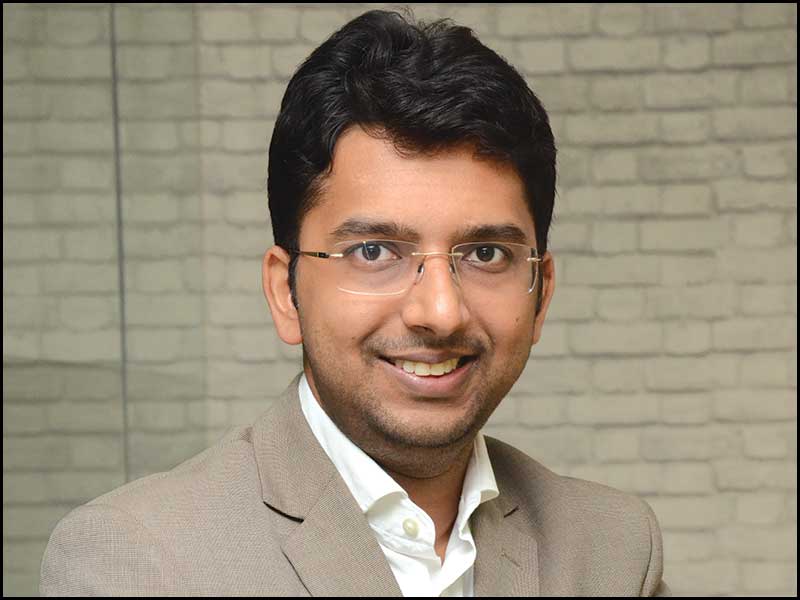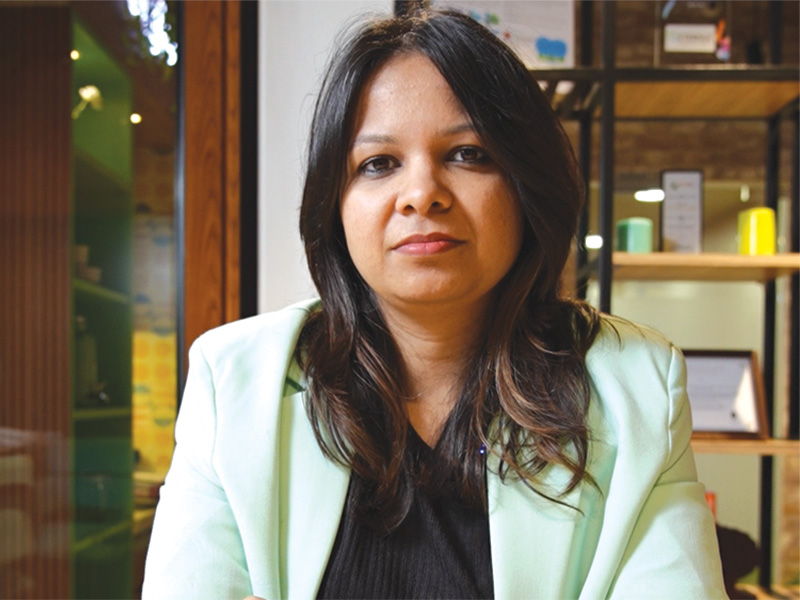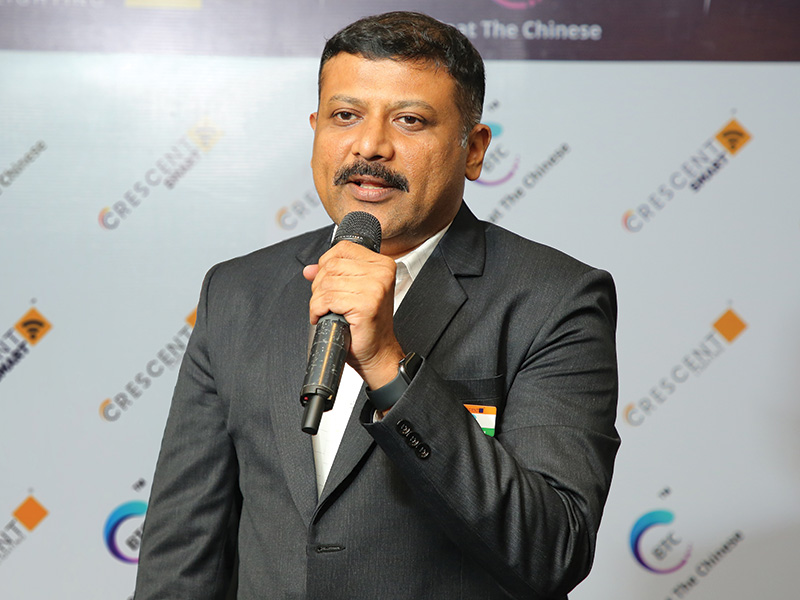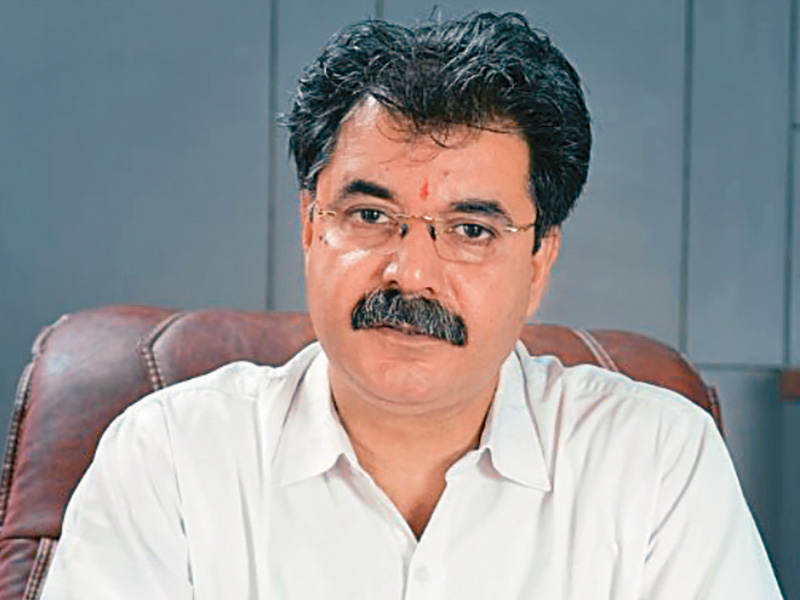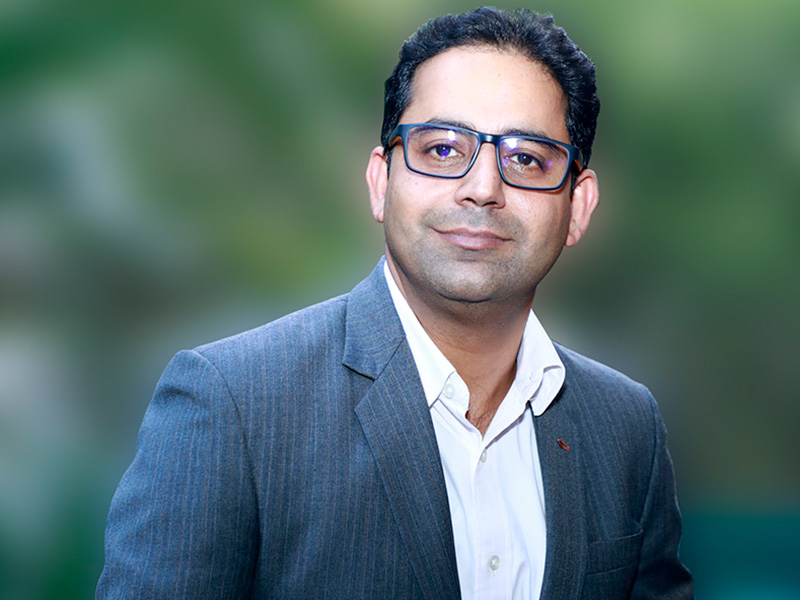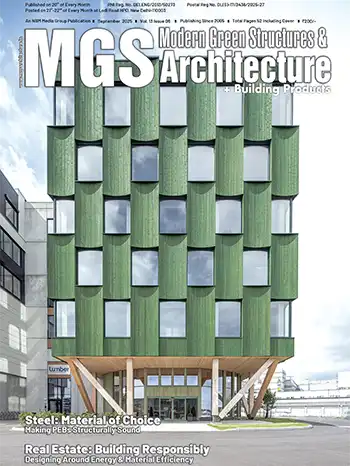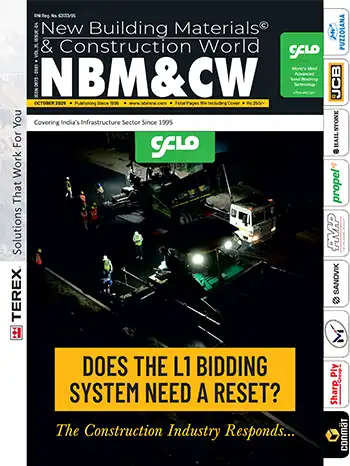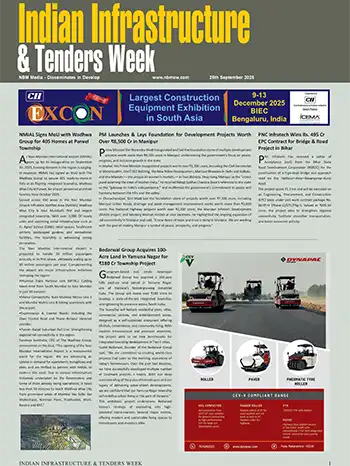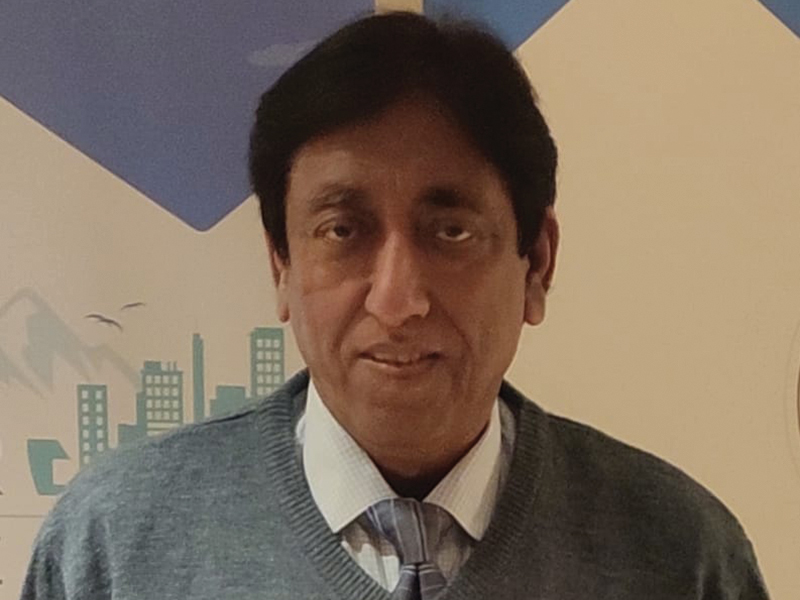
Vinod Behl
Though the real estate sector is one of the biggest contributors to climate change, it also provides one of the most cost-effective ways to reduce climate change through construction of green buildings.
Autif Sayyed
How do you look at the role of architects in influencing building related decisions, particularly green constructions, when many architects may not have easy access to knowledge and tools needed to make smarter decisions?
Architects probably play the most important role in determining whether a building design is going to be sustainable because they influence the building shape, form, and the key systems such as façade, lighting, air conditioning, ventilation etc. Currently, these decisions are often taken based on capital cost, aesthetics, and availability/awareness of the materials.
Two very important criteria: impact on environment and impact on operational cost are often ignored. Ignoring them can have disastrous consequences for the building owner and occupier, especially since the tariff for energy and water are increasing, resulting in inefficient buildings becoming more and more expensive to operate. The lack of environmental considerations can also be detrimental as the increasing stringency of government regulations and market preference for environmental sustainability can cause these assets to become less attractive.
Architects can take better decisions if they enhance their analytical skills for designing buildings and start using the knowledge and tools to compare different design scenarios before finalizing one. Till a few years ago, this knowledge and the relevant tools were not easily accessible. One had to enrol in specialized courses, involving significant, cost, effort, and time. The available tools were either expensive or difficult to use. This has changed now with several free or low-cost cloud-based tools now available, many of which are easy to use and are developed for a global audience. They are often supported by training and guidance materials, enabling the architects and engineers to self-learn and start using the evaluation tools in their practices within weeks of starting.
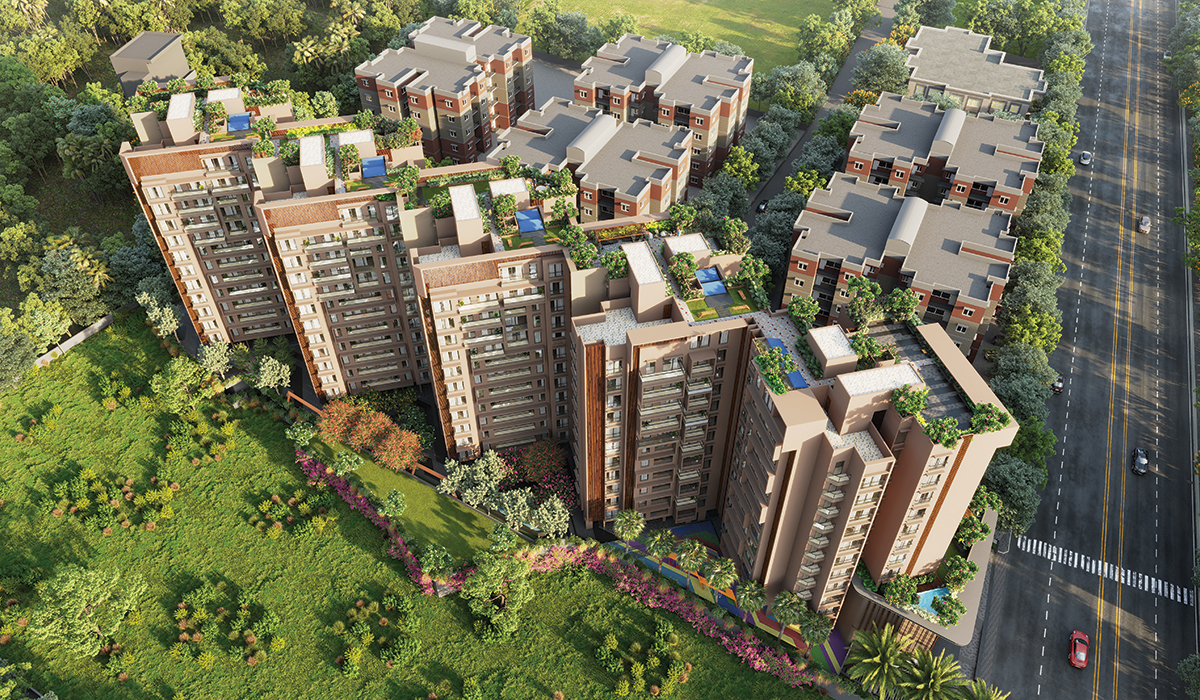
How is IFC helping in upgrading the knowledge and providing the requisite tools to architects and students of architecture? Are you coordinating with bodies like IGBC in this regard?
IFC, which is a part of the World Bank Group, realized that though the real estate sector is one of the biggest contributors to climate change, it also provides one of the most cost-effective ways to reduce climate change through construction of green buildings.
IFC therefore adopted a multi-pronged approach, which included investments in green buildings, supporting development of government policies, and increasing awareness of the benefits of green buildings amongst developers, owners, and investors. Another crucial part of this approach was providing the architects and to-be architects with the right skills and tools so that they could lead the mainstreaming of green construction.
IFC’s offerings include the following:
EDGE online app and user guidance: This freely available cloud-based EDGE online app(www.edgebuildings.com) enables architects to model their building design and compare against a local baseline in over 200 countries of the world very quickly. The app already has built-in data on typical weather, tariffs, operational patterns, and costs for all its locations. EDGE’s algorithms provide real-time feedback on capital cost, operational cost, and financial payback, allowing the user to test different design scenarios before finalizing the design.
The app provides dozens of built-in improvement measures (ranging from passive measures, efficiency measures and renewable energy/ recycling measures) that can be selected and customized. EDGE also establishes a minimum savings standard (20% each on energy, water, and embodied energy of construction materials) for a building to be classified as a “green building”.
While the app is used by several developers and architects with the intent of getting their buildings certified, many architects and students use the free app to help make better design decisions. The app has been developed with a simple interface that does not require extensive training. User guidance manual and training materials, including You Tube videos have been provided to help users get started.
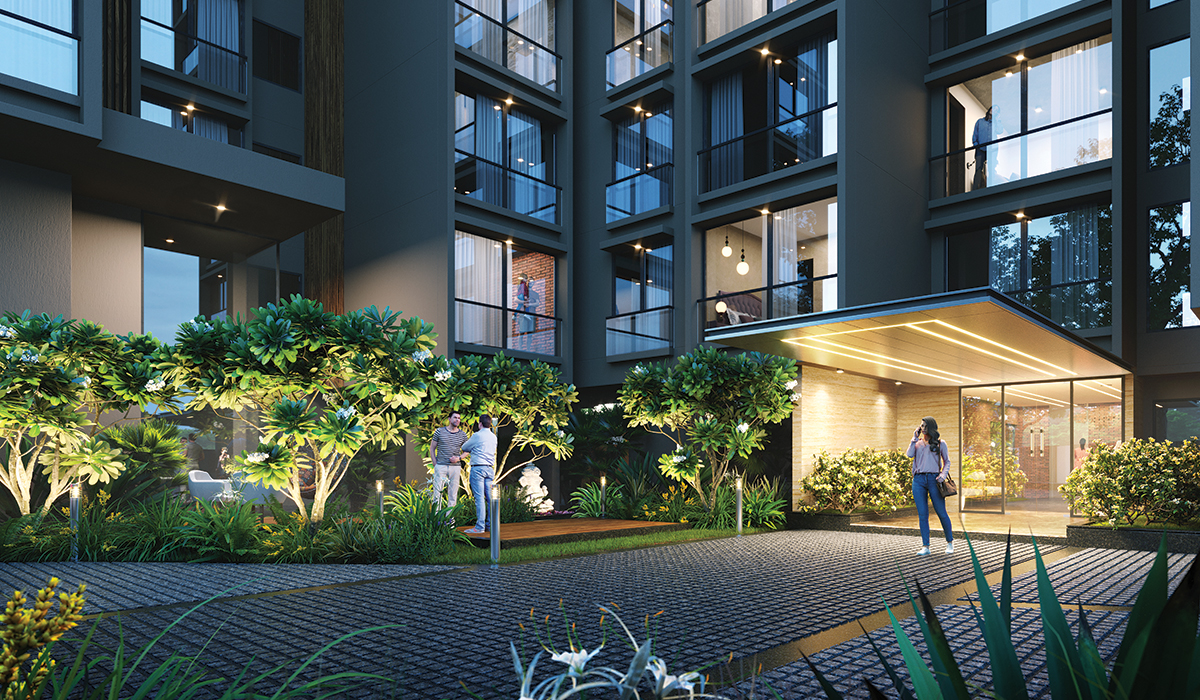
EDGE Expert training: This structured 1-day training course is available for those architects who want to get a deeper understanding of green building principles and the EDGE app. The training is available at various times and locations globally, in face-to-face settings as well as online. Successful trainees who pass the subsequent exam can get accredited as an ‘EDGE Expert’ and offer consultancy services to others.
DfGE training: Several architecture colleges across India have not yet incorporated courses on sustainable building design evaluation in their curriculum. As a result, architects graduating from these colleges are not equipped to design green buildings. IFC’s Design for Greater Efficiency (DfGE) course is aimed at senior building design students and working professionals (architecture, structural and building services engineering) and is offered online and in a university setting.
DfGE covers the fundamentals of energy and resource efficiency measures in building design from a technical and commercial perspective. The course uses case studies and examples to teach students how to design for resource-efficiency and how to sell the designs in a commercial setting.
DfGE is offered by IFC as an online course (at https://learn.edgebuildings.com) and as a face-to-face course in a classroom setting. Colleges interested in offering the face-to-face course can enrol in the free training of trainers’ programme offered by IFC, and also get access to the course content. DfGE is typically offered by colleges as a 20-hour course to the students.
Library of green building projects: Architects globally have often looked up to leading architectural magazines and websites from the developed countries as inspiration for designing green buildings. However, many of these projects have very different contexts and may not be appropriate in all locations. IFC recognized the value of showcasing green projects from emerging countries, with different climatic and economic conditions. The EDGE projects page (https://edgebuildings.com/project-studies/) is a free library of green certified projects of various types and locations. New projects that get EDGE certified are added to the library on a regular basis.
Collaboration is critical in mainstreaming green buildings across developing countries, such as India, therefore IFC has partnered with numerous public and private partners such as ASHRAE/ ISHRAE, CEPT, Bureau of Energy Efficiency, and major private developers such as Tata Realty, Shapoorji, Indospace, and Signature Global.
Architects can take better decisions if they enhance their analytical skills for designing buildings and start using the knowledge and tools to compare different design scenarios before finalizing one.
What role can architecture bodies and architecture institutes play in upgrading the architecture curriculum with regard to green architecture?
Architecture colleges should be reviewing their curricula on a regular basis to see if they are equipping the students with the right skill set needed in the market currently. These include low carbon design principles relevant to different climates and budgets, analytical skills for evaluating resource efficiency of their designs, and communication skills that would enable architects to convey technical and financial information regarding their building designs to the key decision makers, such as building owners and investors.
Professional architecture bodies such as the Indian Institute of Architects (IIA) and the Council of Architecture (COA) must ensure that educational institutes under their jurisdiction and influence are offering such foundational courses.
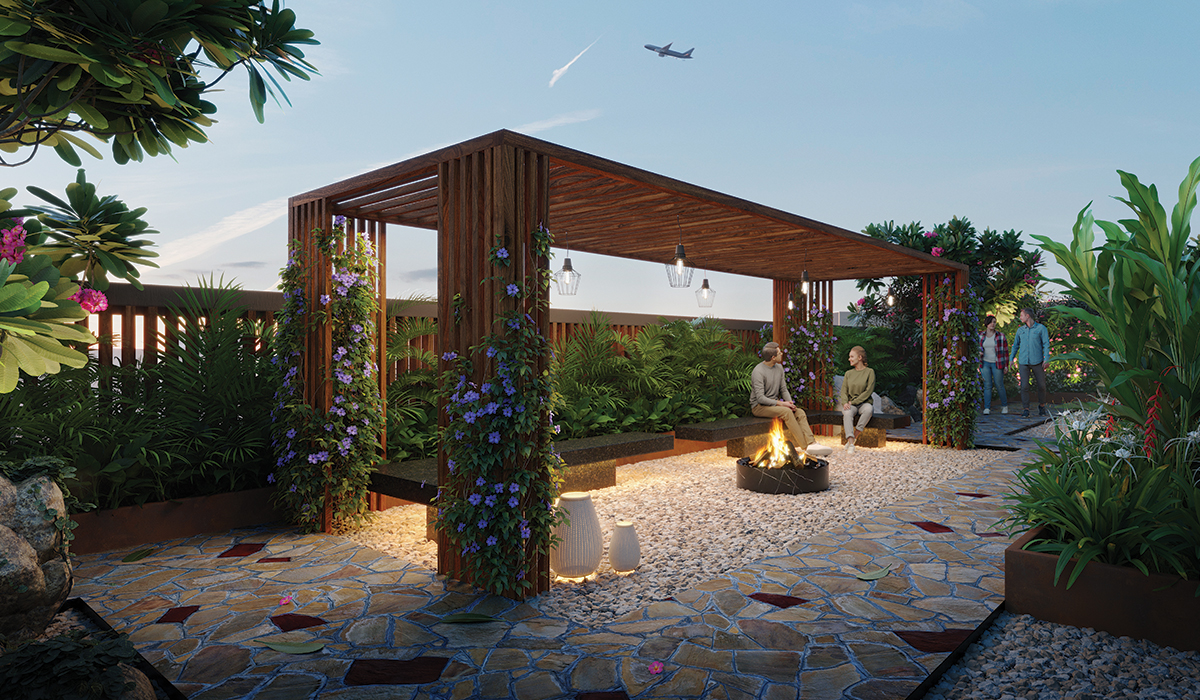
How does the tool developed by IFC help individuals /developers/architects find out if a particular building is green?
The EDGE online app developed by IFC can be used at all stages of building design - right from concept design to final detailed design - to evaluate and choose between different design decisions. The metrics used for such decisions can be capital cost, operational cost, payback, or environmental impact. The app can even be used to evaluate resource efficiency of existing buildings, and identify suitable retrofit opportunities that would be appropriate.
The minimum standard required for classifying a building as green using EDGE is 20% savings on energy consumption, 20% saving on water consumption, and 20% saving on embodied energy of construction materials. Higher level of recognition is available if the building saves at least 40% on energy (EDGE Advanced) and has a zero net impact on carbon emissions using a combination of energy efficiency ad renewable energy (EDGE Zero Carbon). The official certification is issued after a design audit and final site audit conducted by accredited third party auditors and certifiers. This certification can help the building owners/developers get global recognition, and possibly access to green/ climate finance for their certified projects.
Several architecture colleges have not yet incorporated courses on sustainable building design evaluation in their curriculum; as a result architects graduating from these colleges are not equipped to design green buildings
IFC is working with several housing finance companies to promote green constructions, both at the level of real estate developers and individuals constructing their homes. What does this initiative involve?
If green buildings are to be mainstreamed across India, efforts must be made across three main sectors:
Formal construction of new buildings by developers: The biggest hurdle in this sector is the lack of awareness of the business case of green buildings. IFC is supporting the sector by investing directly with green building developers to create supply, while also investing with housing finance companies to create demand for such buildings. IFC has so far invested about 1 billion USD in India in green building developers and local financial institutions that lend to green building developers and/or green home buyers.
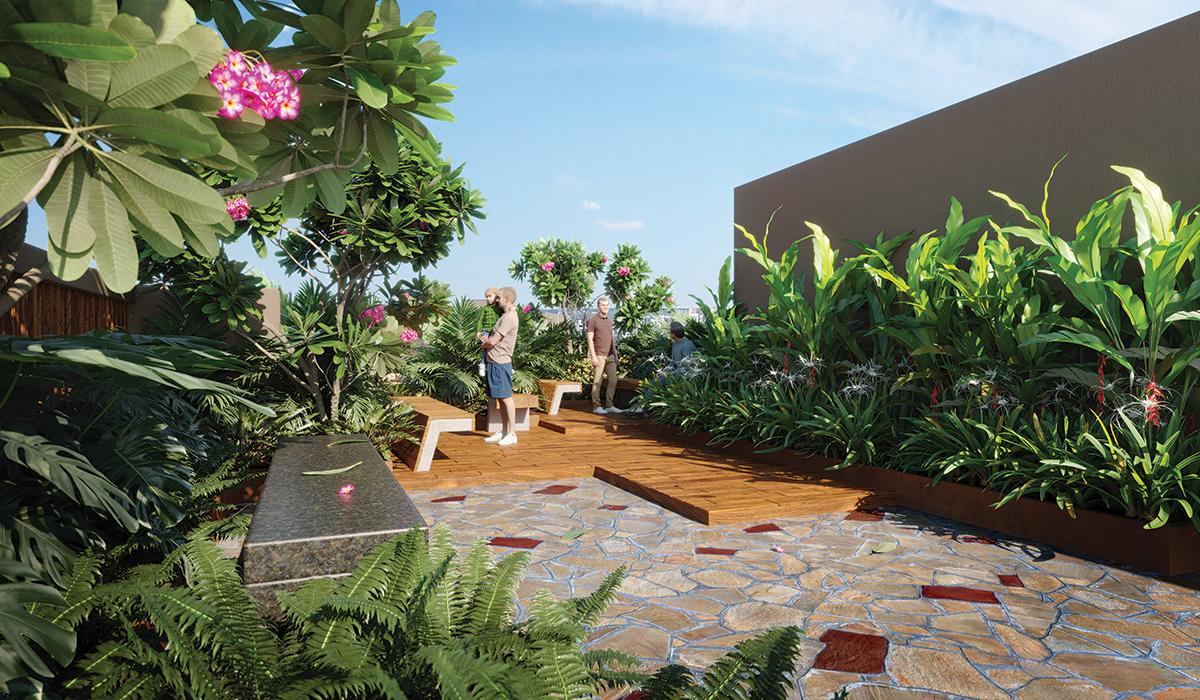
Self-construction of new homes by home owners: While this sector constitutes about 40% of new construction in India, most homes are not being built to green standards, primarily due to lack of awareness of the technical solutions, and concern about increasing the cost of construction. Both these issues are being tackled by IFC in an innovative way and are being piloted currently with three housing finance companies.
IFC develops the technical checklist for individual homes in different climate zones and for different income categories. These solutions are chosen very strategically, considering availability, cost, and ease of construction. The staff of housing finance companies are trained to support the homeowners who commit to building green. The staff also documents the actual implementation of the green measures and enables them to get their own EDGE certification. In some cases, the housing finance company also provides a small discount in their home loans to catalyze the uptake of green homes. This approach is expected to open up a whole new category of buildings, namely self-built homes, that would be built and certified as green.
Renovation of existing commercial and residential buildings: This category requires building owners and users to be convinced of the business case of retrofitting their building to be more efficient, and understand the possibilities of financing such retrofits. IFC is now providing investment and advisory support for such retrofits.
How can certification of individually constructed homes with or without the support of architects help in promoting the stock of green buildings ?
Most self-built homes in India, especially those in the middle and low-income categories, do not utilize the services of architects. Even among the ones that use architects’ services, very few are currently opting for green certification. This is because of limited understanding of what a green home constitutes, the cost of constructing it, and the cost and benefit of getting it certified.
However, if a streamlined approach, such as the one being piloted by IFC, is used to convince the homeowner of the benefit of building and certifying green, most homeowners will see these benefits and commit to building green. Benefits include getting a more thermally comfortable home, which is more resilient during extreme climate events and has lower monthly utility bills. Also, such homes could potentially get better demand or higher sales price. Once this concept has been demonstrated successfully, especially across 2nd and 3rd tier cities in India, it’s uptake can be substantially scaled up. Local institutions and architects can act as catalysts in driving this change, which is essential if India has to meet its Net Zero Carbon target by 2070.

